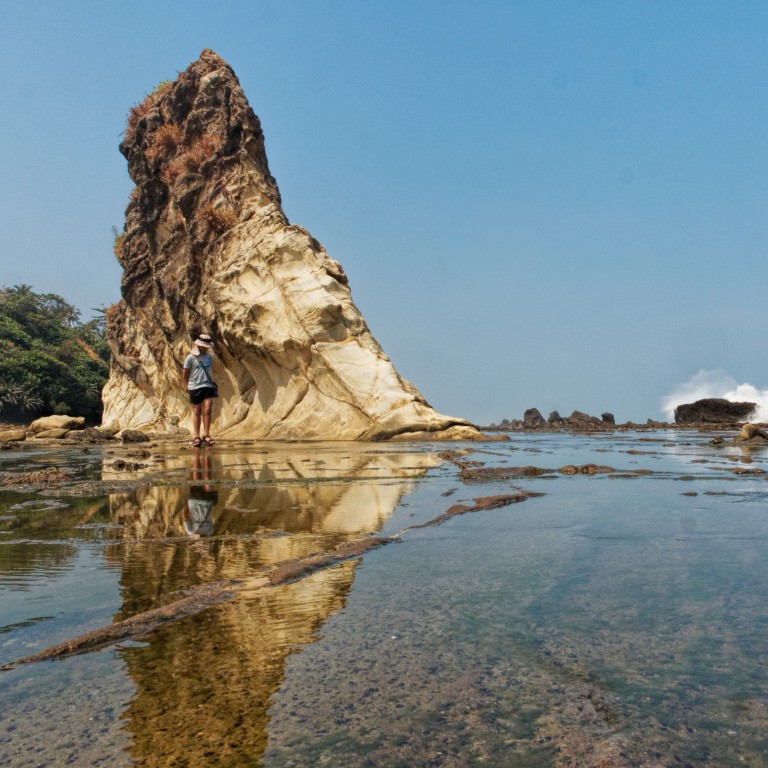
Indonesia road trip: explore Java’s active volcanoes, idyllic waterfalls and endless beaches
- Forget the bustle of Bali and explore the sprawling beauty of Java as you hit the back roads to discover the natural landscape
- Head south of Jakarta to find a favourite surf location, before going east to a volcanic geopark
There is far more to Indonesia than the resorts of Bali, particularly if you are willing to venture off the beaten track. Even a relatively short road trip from Jakarta allows you to explore a variety of glorious landscapes and experience life on Java, the world's most populous island.
Escape the sprawling metropolis of Jakarta, and head directly from the airport towards the south coast, avoiding the downtown areas. While it is less than 100 kilometres (62 miles) as the crow flies, traffic en route means the journey can take up to four hours.
700 years of Chinese Indonesian history at risk as young quit Java town
Head to the coastal town of Pelabuhan Ratu. While this translates rather poetically to “Harbour of the queen”, it is mainly of interest for hosting several hundred wooden fishing boats, and a quayside market with an array of tropical fish, squid, shellfish and crabs.
For a side excursion, follow a coastal road west along a highway for a couple of hours, and turn onto a narrow side road to Sawarna beach. Here you’ll find a long sandy beach that stretches for more than 2 kilometres (1.2 miles). Powerful waves make this beach a popular surfing location. It is scenic, too, especially by the eastern headland, where a wave-carved rock platform is topped by two neighbouring outcrops of rock, standing like house-sized natural sculptures.
Back on the road, you’ll pass through rural villages that are dotted with Dutch-influenced houses – single-storey, topped by gabled roofs that extend to shelter verandas. Brick red roof tiles contrast with walls painted cheery colours like orange, red, or blue.
You might even stumble across a village hosting a wedding party – as we did on a recent family visit.
It’s an all-day celebration with people from miles around arriving to congratulate the bride and groom who are dressed up like a Javan prince and princess, greeting their guests in a marquee.
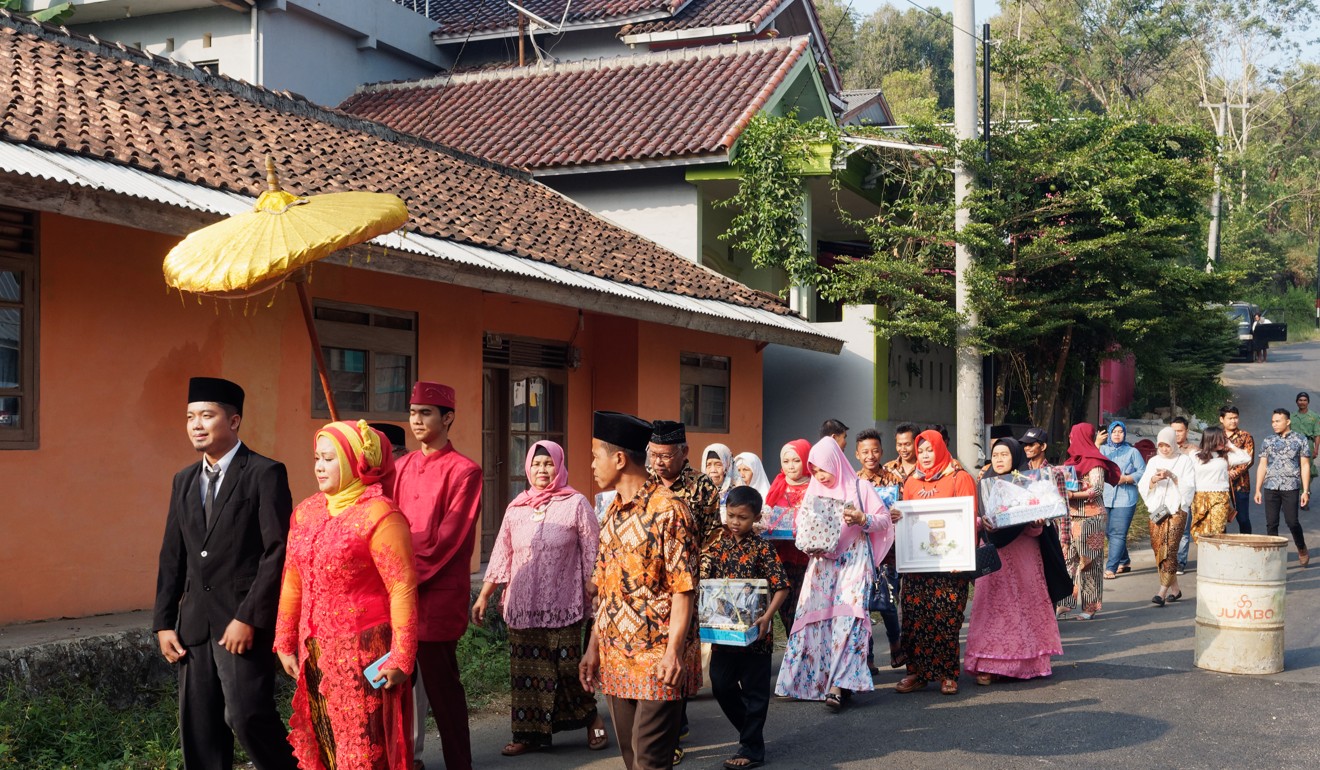
South from Pelabuhan Ratu, a new two-lane highway makes for a wonderful coastal drive. There is little traffic, and the road winds along gentle hillsides with farmsteads and rubber plantations, affording views of the Indian Ocean.
After a hilltop viewpoint looking across a bay, the road drops to a coastal plain with a scattering of homestays, which are akin to Indonesian bed-and-breakfast places.
This wannabe resort area is evidently trying to capitalise on attempts to boost tourism in the area, especially being within the Ciletuh-Palabuhanratu Geopark, which was established in 2015 and admitted to the Unesco Global Geoparks Network in April 2018.
The huge, sprawling geopark is larger than Hong Kong’s total land mass, covering 1,260 square kilometres (486 square miles) of Java.
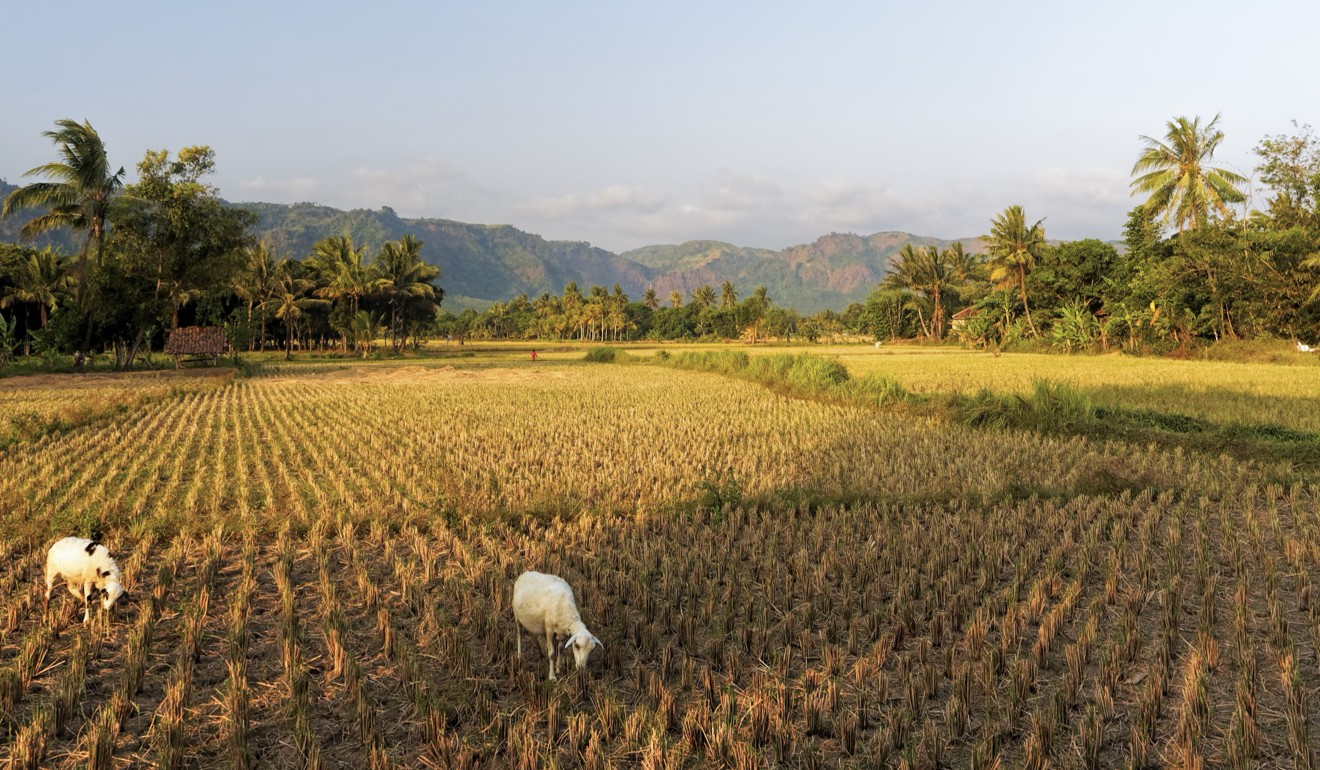
As you would expect given Java's location on the Pacific Ring of Fire, most rocks are igneous or volcanic, reflecting a geological history of violent earth movements.
These earth movements have resulted in the coastal plain being surrounded by a steep rim to the north. Here, several fabulous waterfalls are among the highlights of the geopark. Curug Sodong – Sodong Waterfall – is among the easiest to reach, billowing down beside a car park reached via narrow roads through rice paddy fields and villages. A stream splits to form two columns of water that plunge down a 20-metre (65-foot) cliff face.
While this is impressive in its own right, there is a trail to the valley above, where you will find a 60-metre (196-foot) high cascade amid trees, and beyond it yet another waterfall, this time 100 metres (328 feet) in height in an area reminiscent of The Lost World of Arthur Conan Doyle.
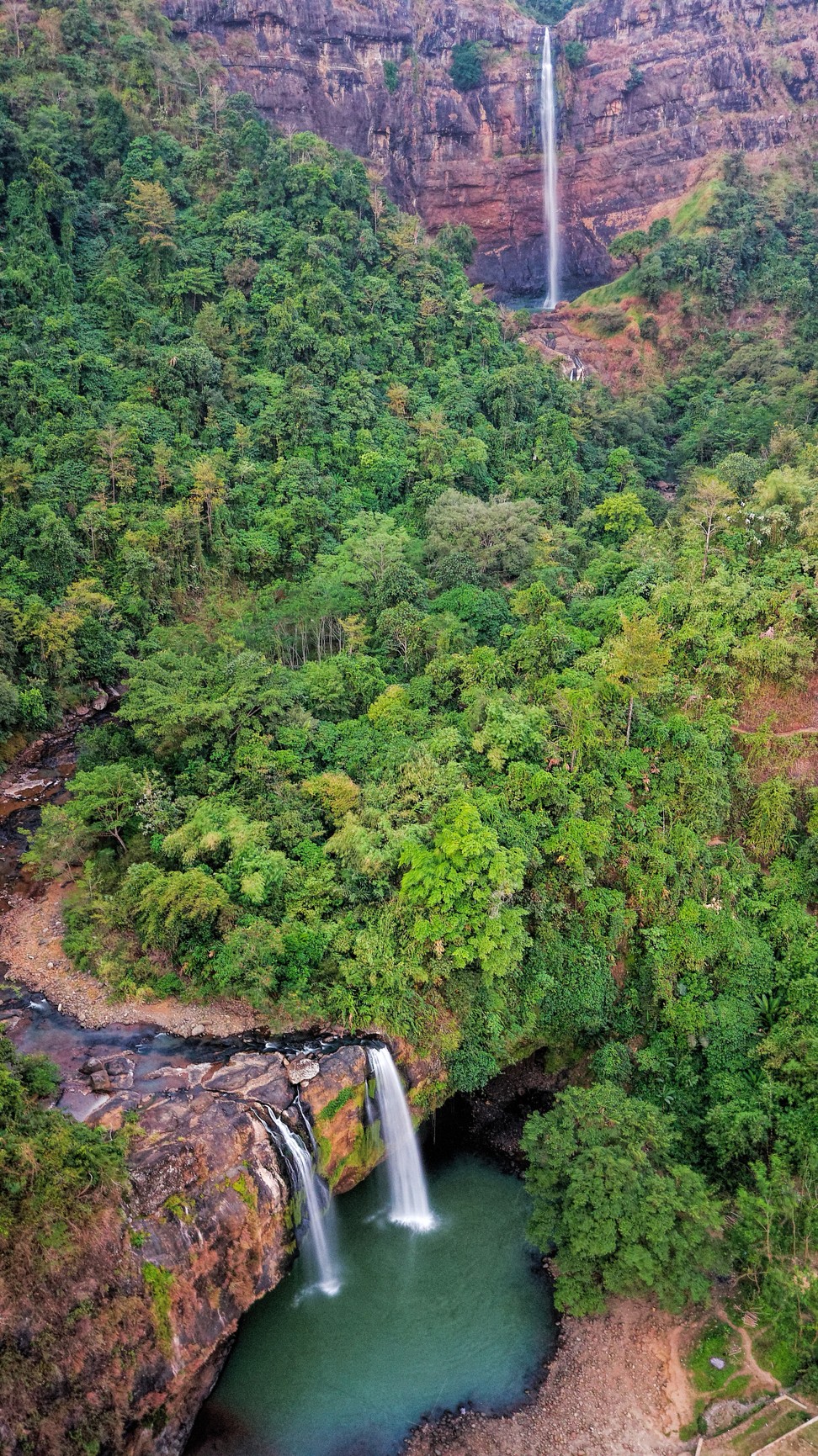
There are no dinosaurs here of course, though nearby there is a chance to seeing reptiles at a turtle nesting beach. This is at Ujung Genteng, a village area on the south coast of the geopark. While it is just another 20 kilometres (12 miles) away, the route follows narrow roads that wind through a landscape of rolling hills, so the journey takes well over an hour.
Though remote, Ujung Genteng is partly a seaside resort for adventurous city dwellers, with motel style accommodation along a coast road that is little more than a dirt track.
The turtles nest at a specially protected beach, where with luck you might see a turtle at night. In the late afternoon, witness staff releasing baby turtles that have just hatched from eggs placed in a sandy enclosure to protect them from poachers.
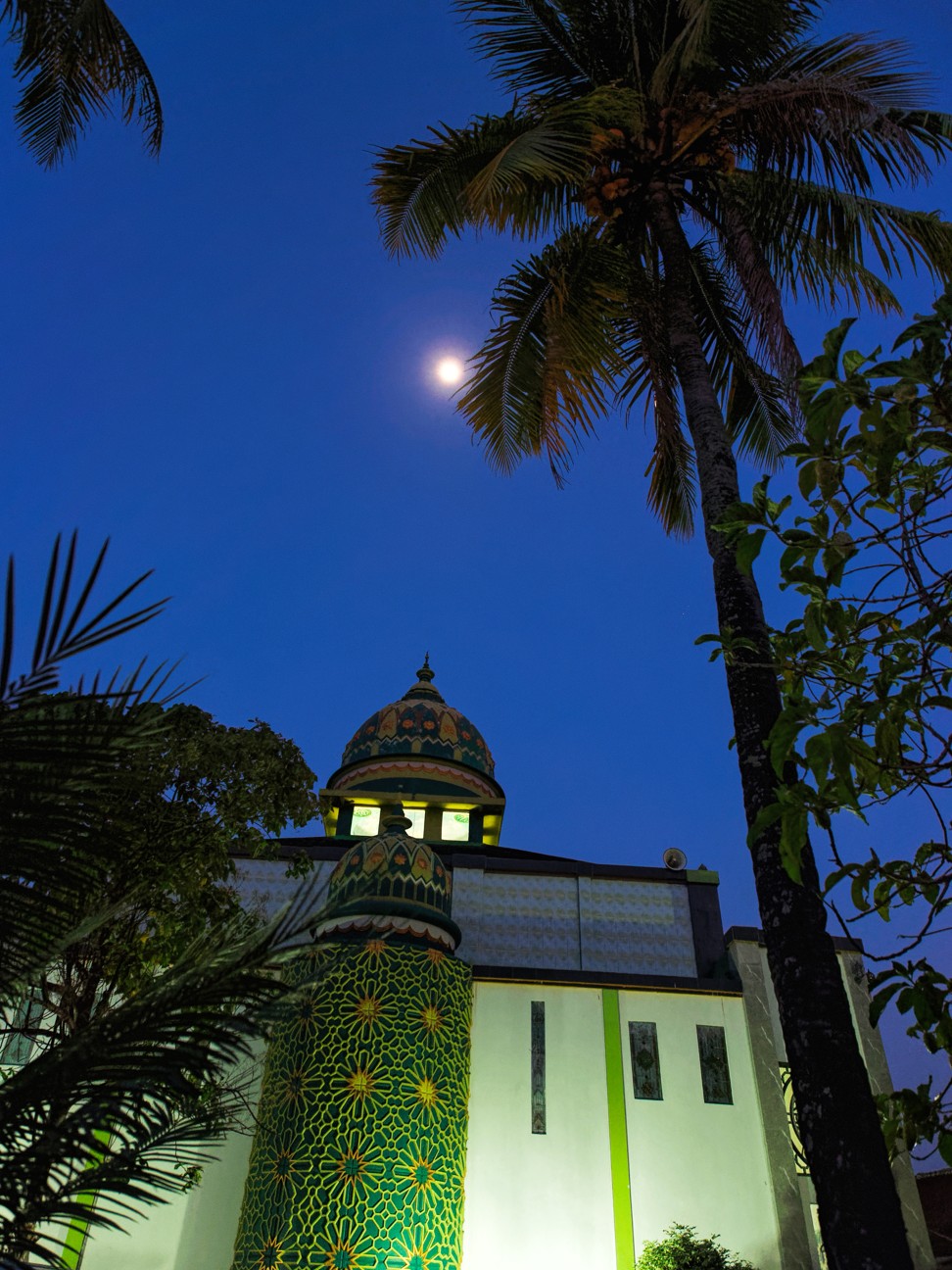
Ujung can be translated as “cape”, and there is a slender headland thrusting south into the Indian Ocean. On the west coast is a cove with a modest fishing village. There is no harbour; the wooden boats are simply kept on the beach, and have to be hauled well above the tide line or even onto the road if there are warnings of huge waves.
Rather than just head back along the same route, it is possible to make a circuit back to Jakarta. First, head around 150 kilometres (93 miles) east, to a tiny coastal resort, Santolo Beach, Garut, which makes a good place to stop for a meal and more sea views.
Then, take a road leading north and inland, to near the town of Garut – in an area dubbed the “Switzerland of Java”. While its high altitude and cool climate helped make it a resort during Dutch colonial times, early last century, it is of course hardly Switzerland – the landscape is lush year-round, with abundant rice paddies. The surrounding peaks are also active volcanoes.
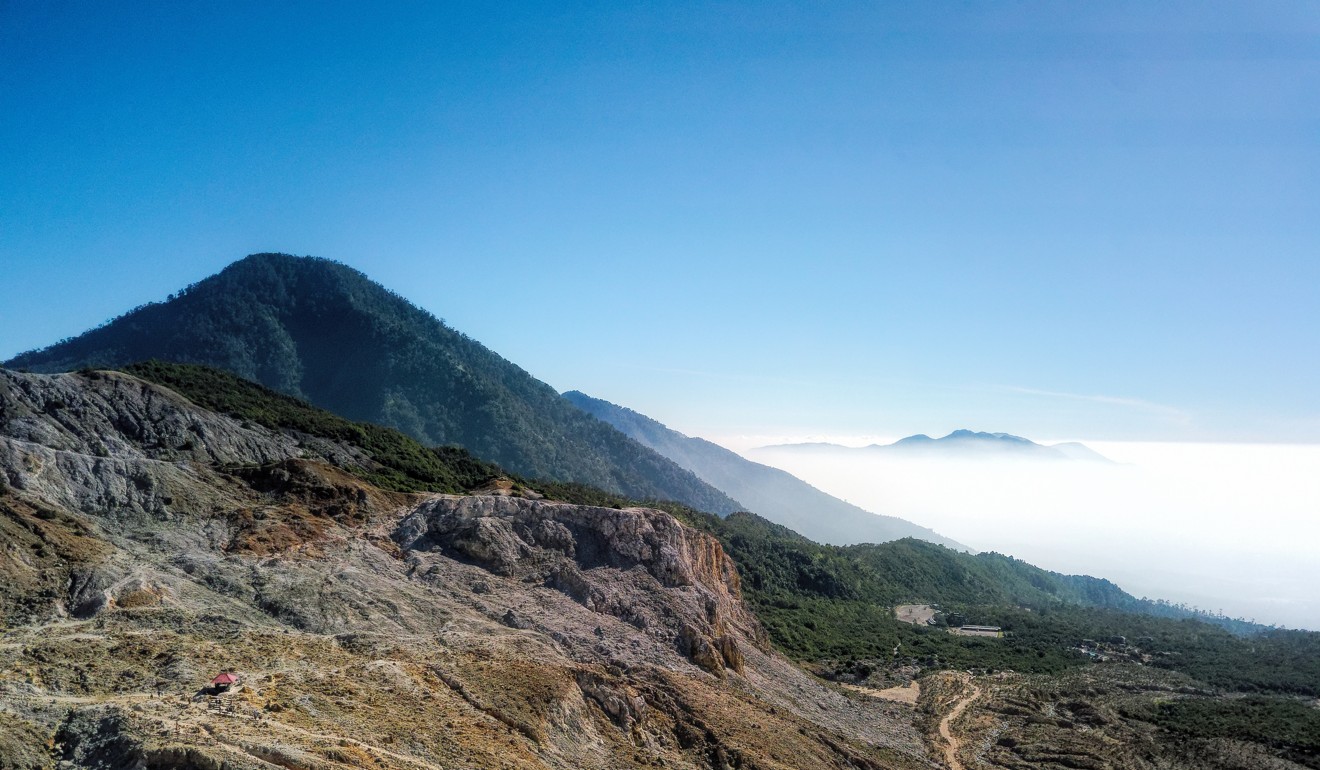
There is relatively easy hiking on one of these volcanoes, Gunung Papandayan. In 1772 an eruption led to the northeastern crater rim collapsing, resulting in a debris avalanche which killed nearly 3,000 people. Now, you can drive to a car park to around where the rim collapsed, and climb a trail to the crater.
Chinese tourists are changing Bali, but they are not the first ones to do so
It is a little like walking into a gigantic quarry, with cliffs bounding the rough, rocky terrain. Steam hisses from four main holes in the crater. These are fumaroles, each surrounded by coatings of yellow sulphur on the rocks. The smell of sulphurous gases – one acrid, one like rotten eggs – pervades the air.
Flights of zigzagging steps lead to a warung, a simple wooden restaurant just above the crater; it provides a welcome stop for refreshments. Onwards and upwards, the trail reaches a place where a minor eruption in recent years led to superheated gases pouring across the crater rim, turning slender trees into skeletal black trunks contrasting with the bleached ground.
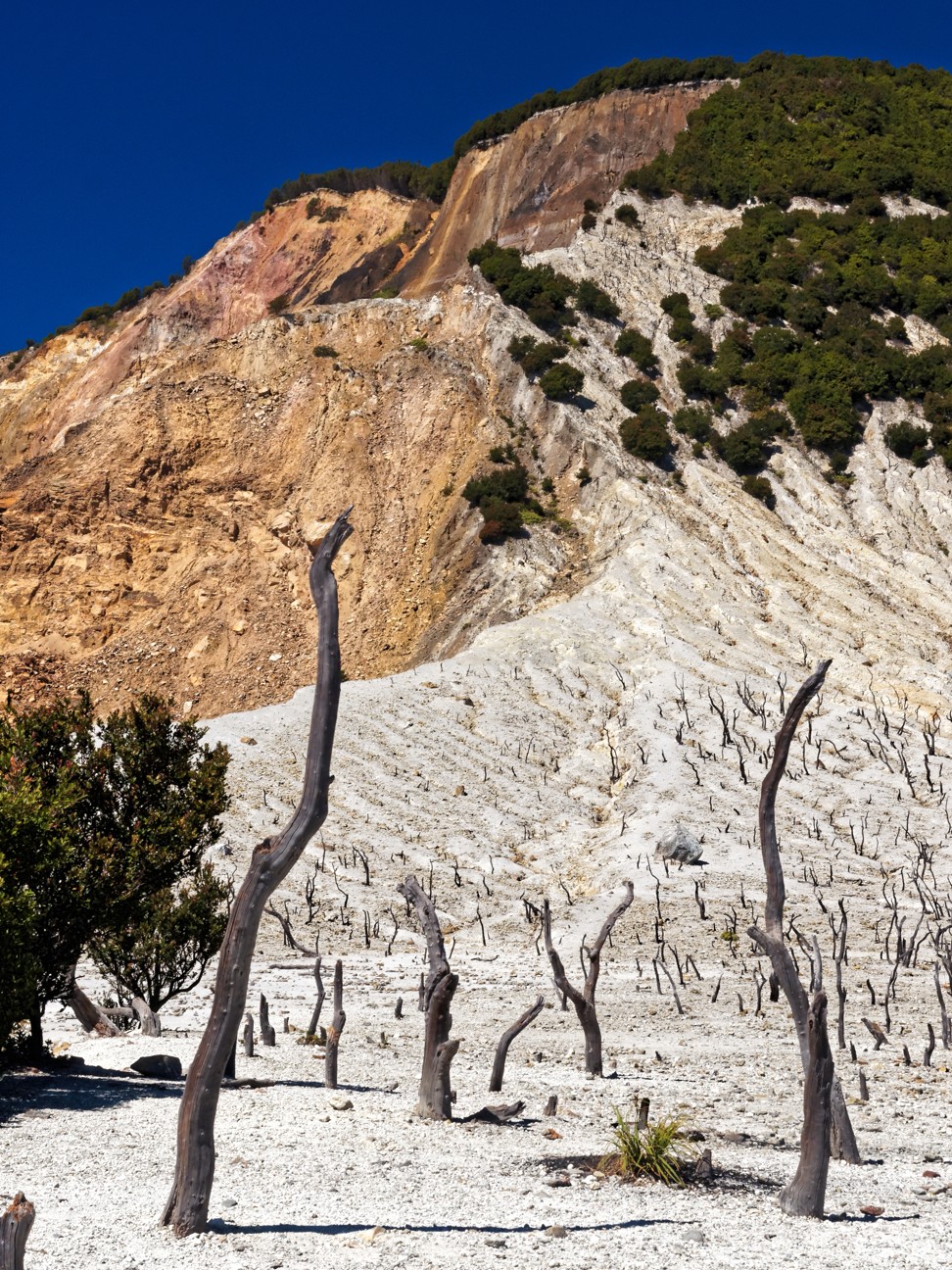
Walk further, and there are dense woods of dwarf trees, along with bushes bearing clusters of whitish flowers. These are Javanese edelweiss, and show there is indeed some connection between this region and Switzerland. It is believed the flower migrated from Asia to the European Alps during the Ice Age.
Even on a fine, still morning there are remarkably few birds to be seen or heard. A guide reveals that birds were plentiful until trappers arrived within the last 10 years. Sadly, keeping caged birds is popular among Javan men and bird trappers here are terribly efficient, so much of the island is almost devoid of common birds.
Before you return to busy Jakarta, you might stop in the city of Bandung, and visit a market filled with caged birds for sale – some of which are endangered species, all of which look pitiful to any wildlife lover. A more pleasant option, however, is to drive to the rim of Tangkuban Perahu – the “upside down boat” volcano 15 kilometres (9 miles) north of the city – and look down into the crater, where steam blasts from a vent with a roar like a mighty waterfall.
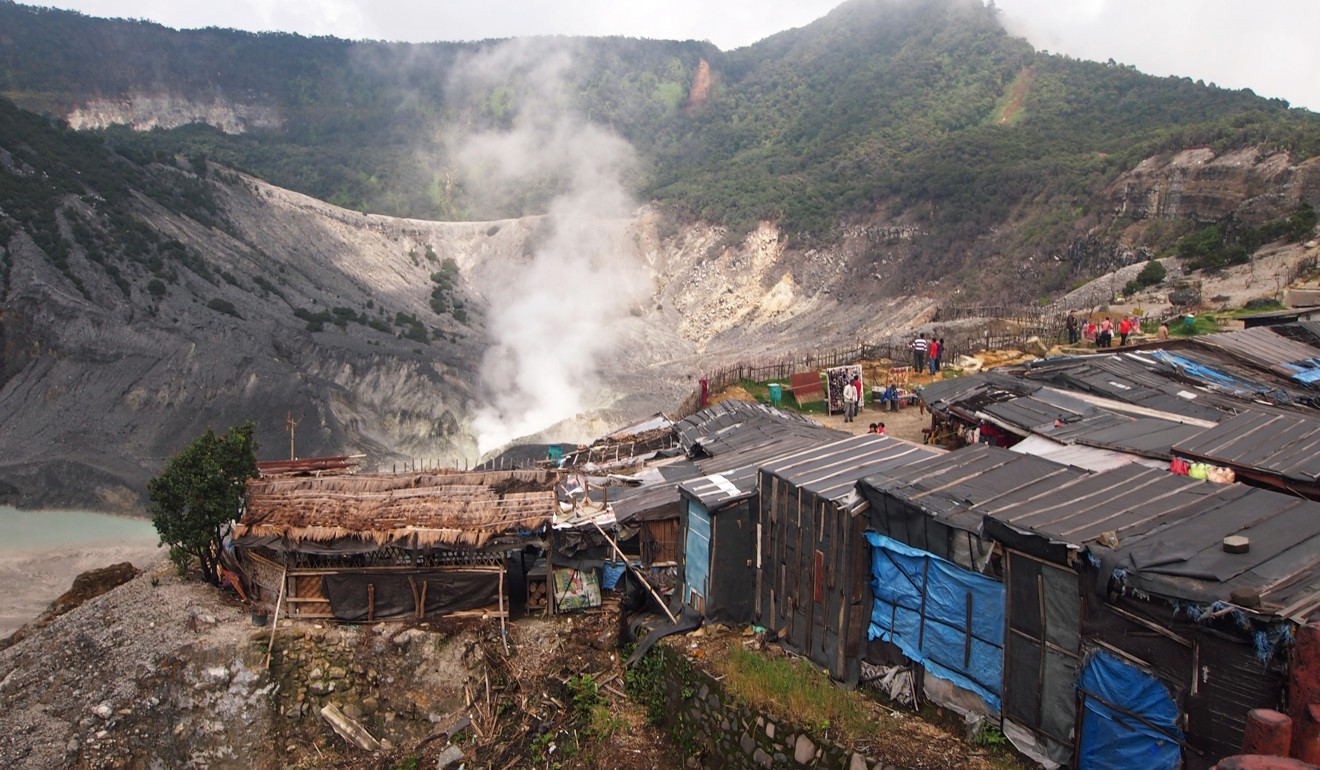
Accommodation
There are various options for accommodation at most places visited. Most options are simple homestays. Gunung Papandayan is an exception; if you want somewhere close to this, the simple but welcoming ADK Homestay is a good choice (search booking.com).
Why Chinese Indonesians and their children are learning Mandarin
Travel tips
It can be chilly on Gunung Papandayan, so it is worth packing some warm clothes even for a trip to tropical Java.
If you like beer or wine, stock the car boot whenever you find stores selling alcohol, as it is absent or in short supply in these parts of Java.
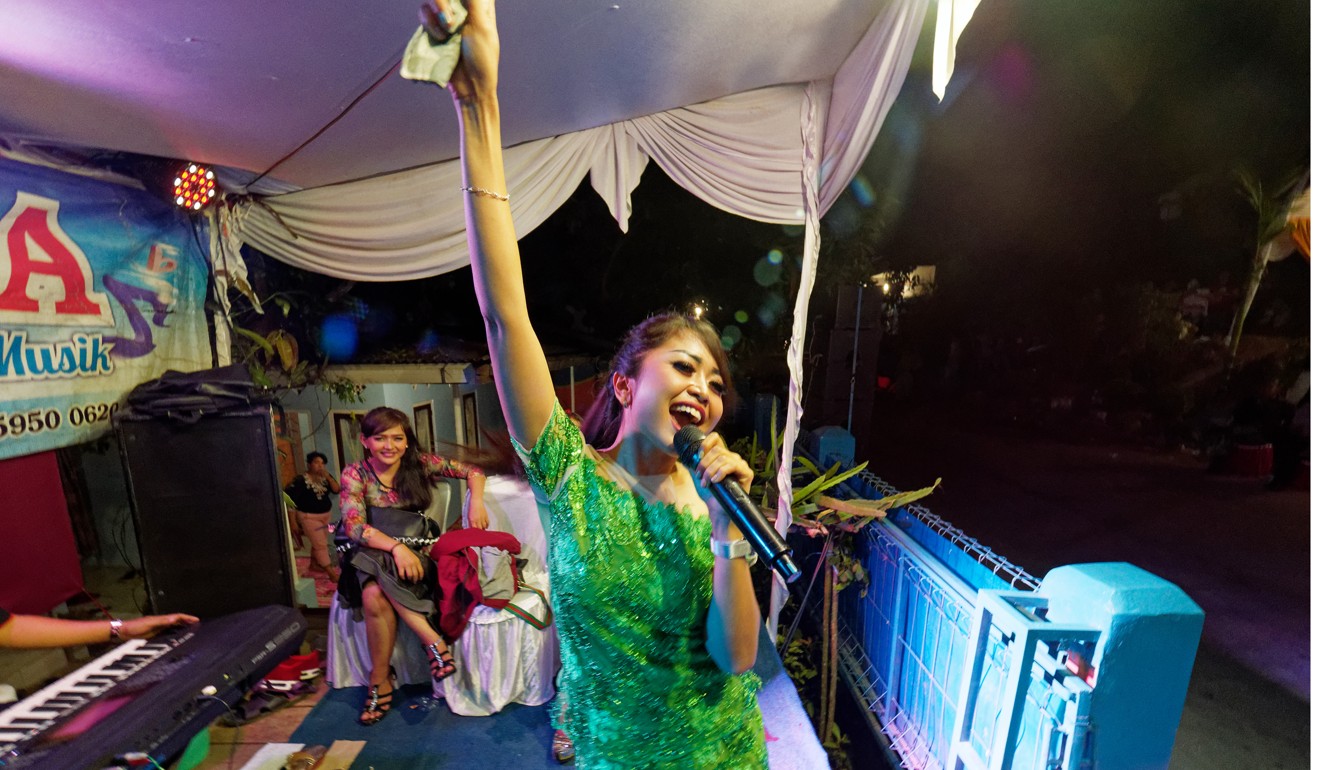
Getting there
Direct flights to Jakarta operate from Hong Kong, Singapore, Kuala Lumpur and Manila. You can hire a vehicle with driver online at bogorprivatetourguide.com

